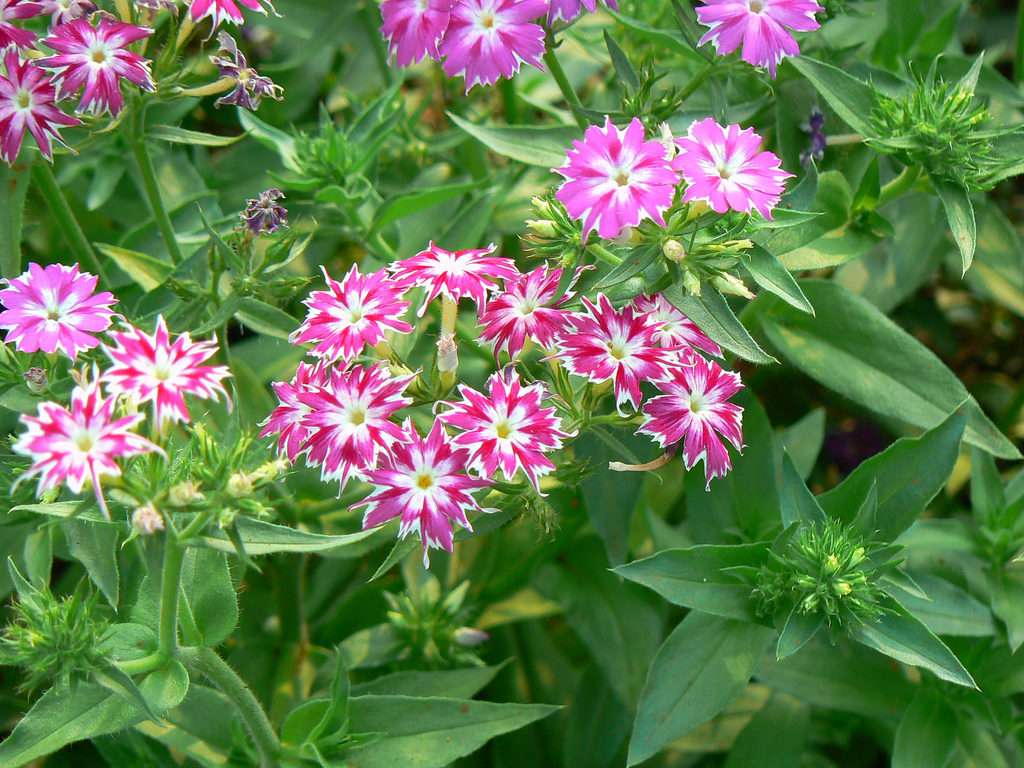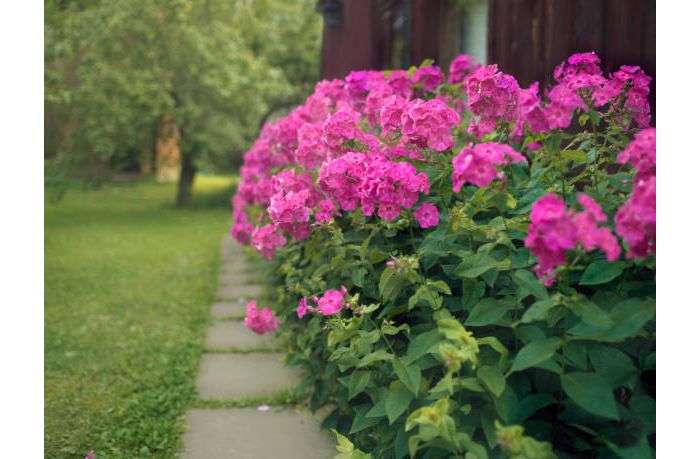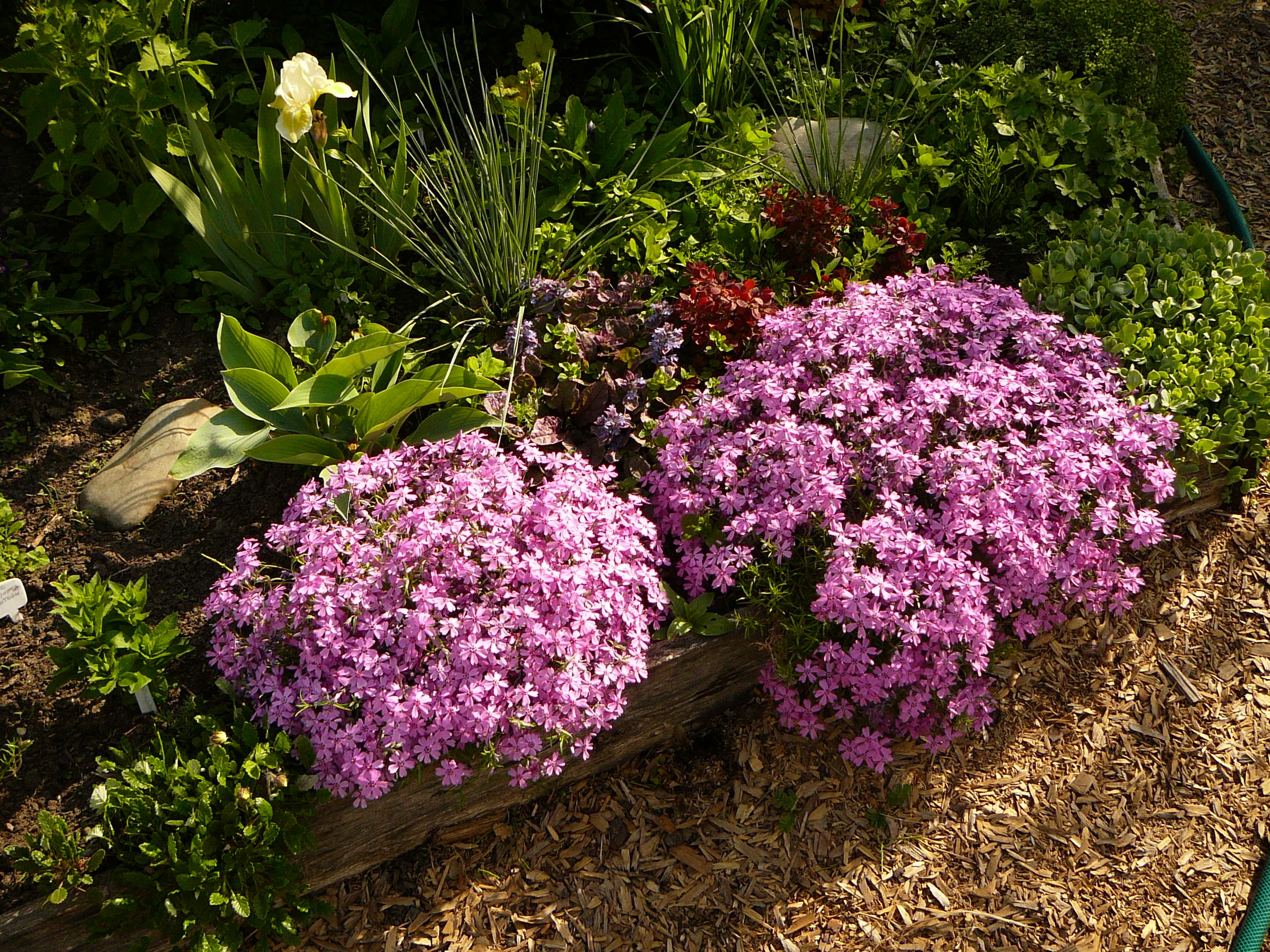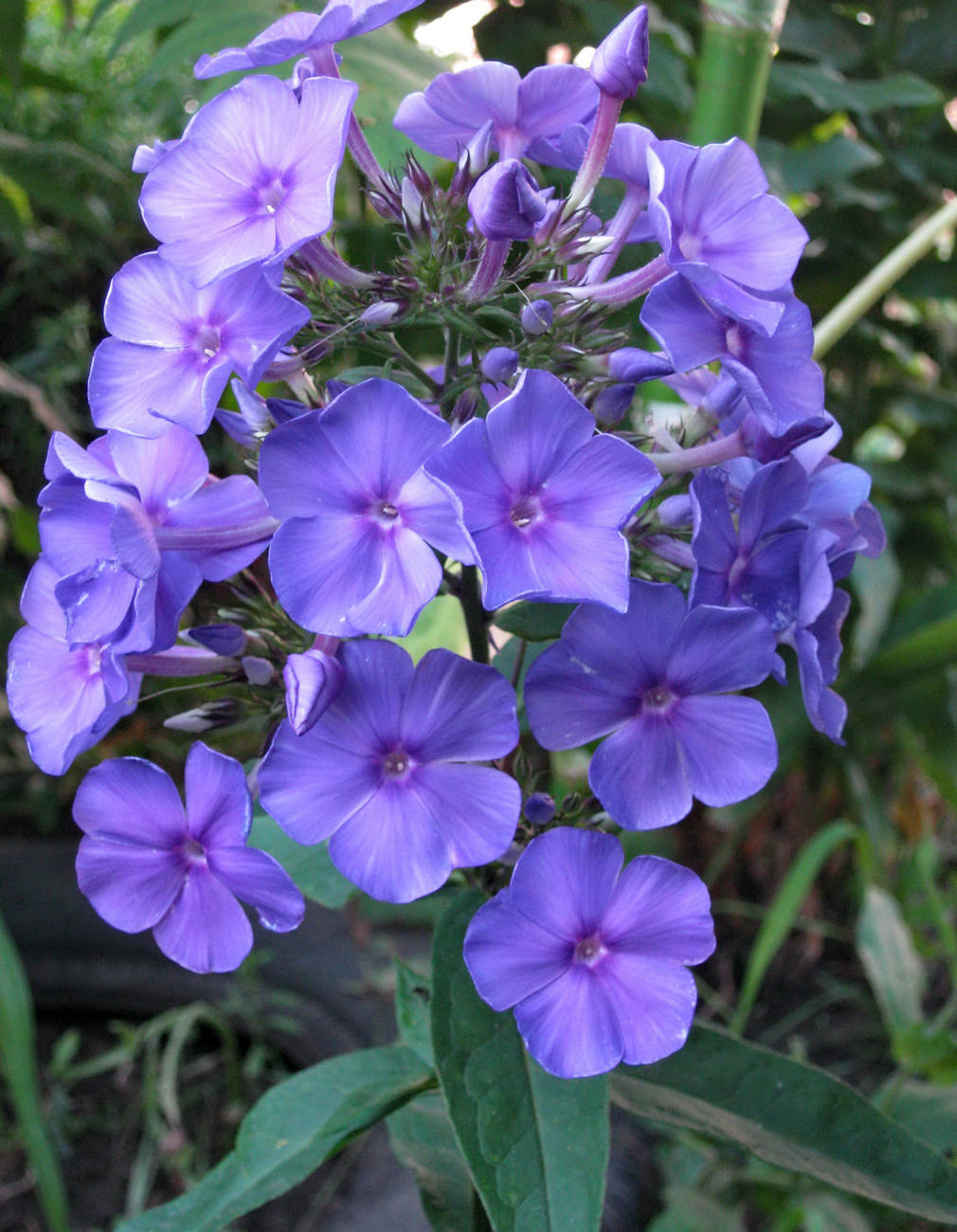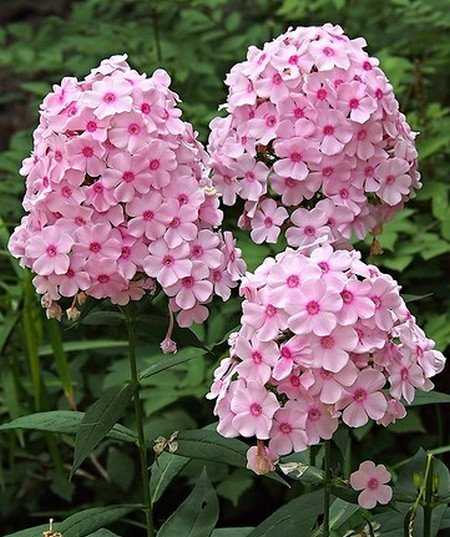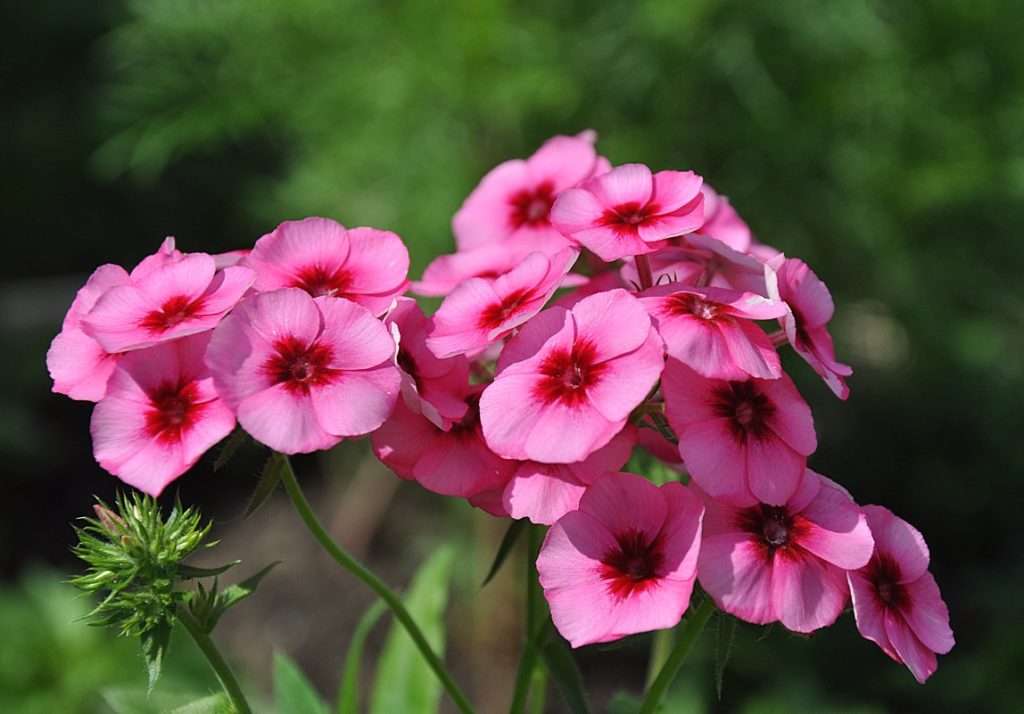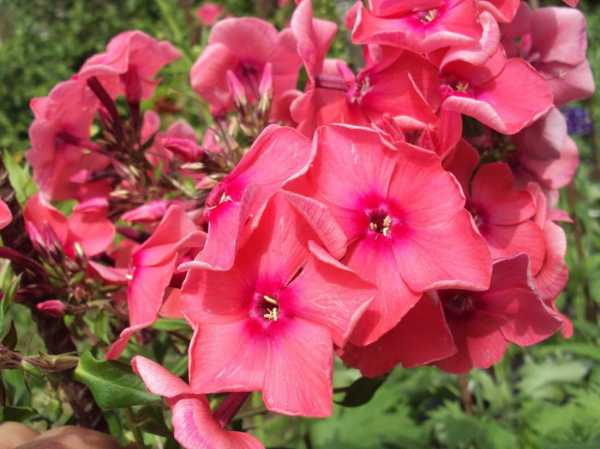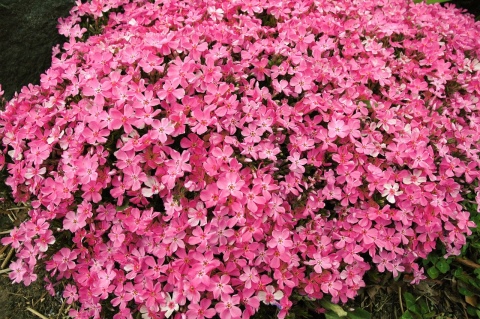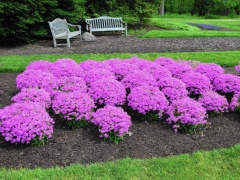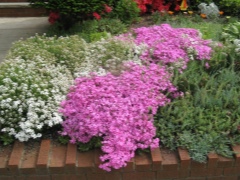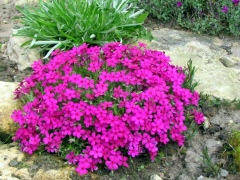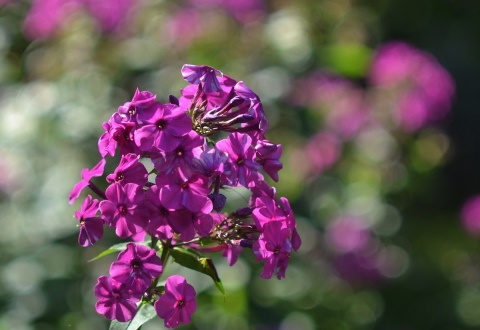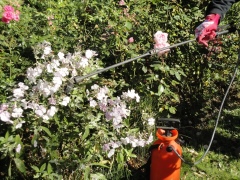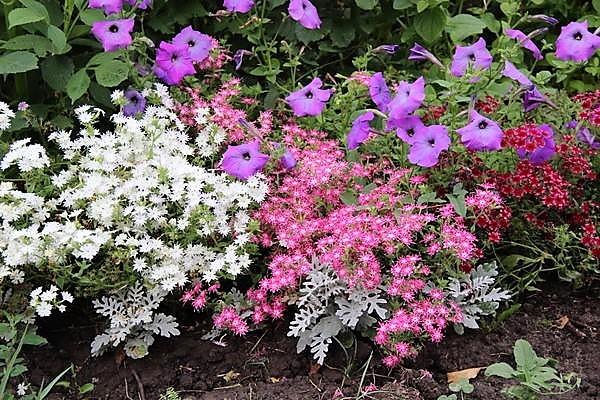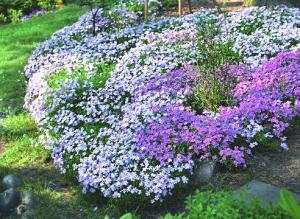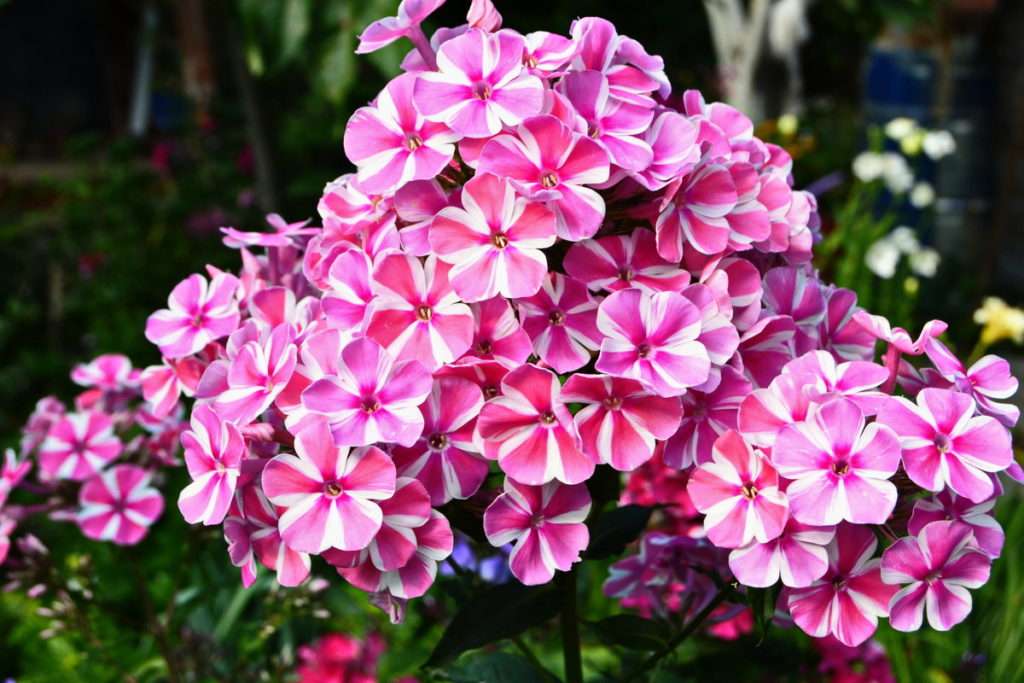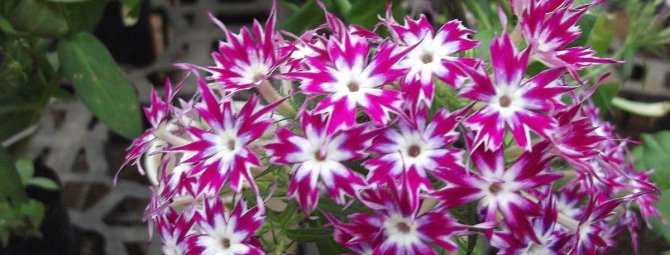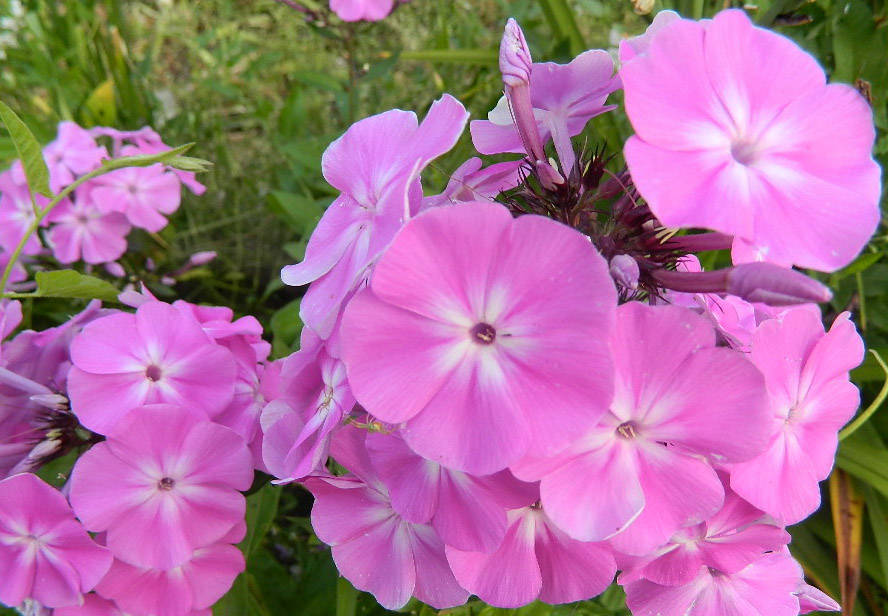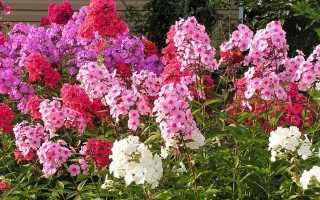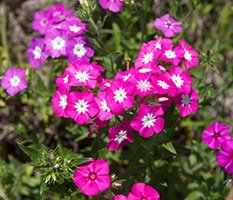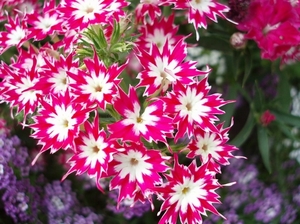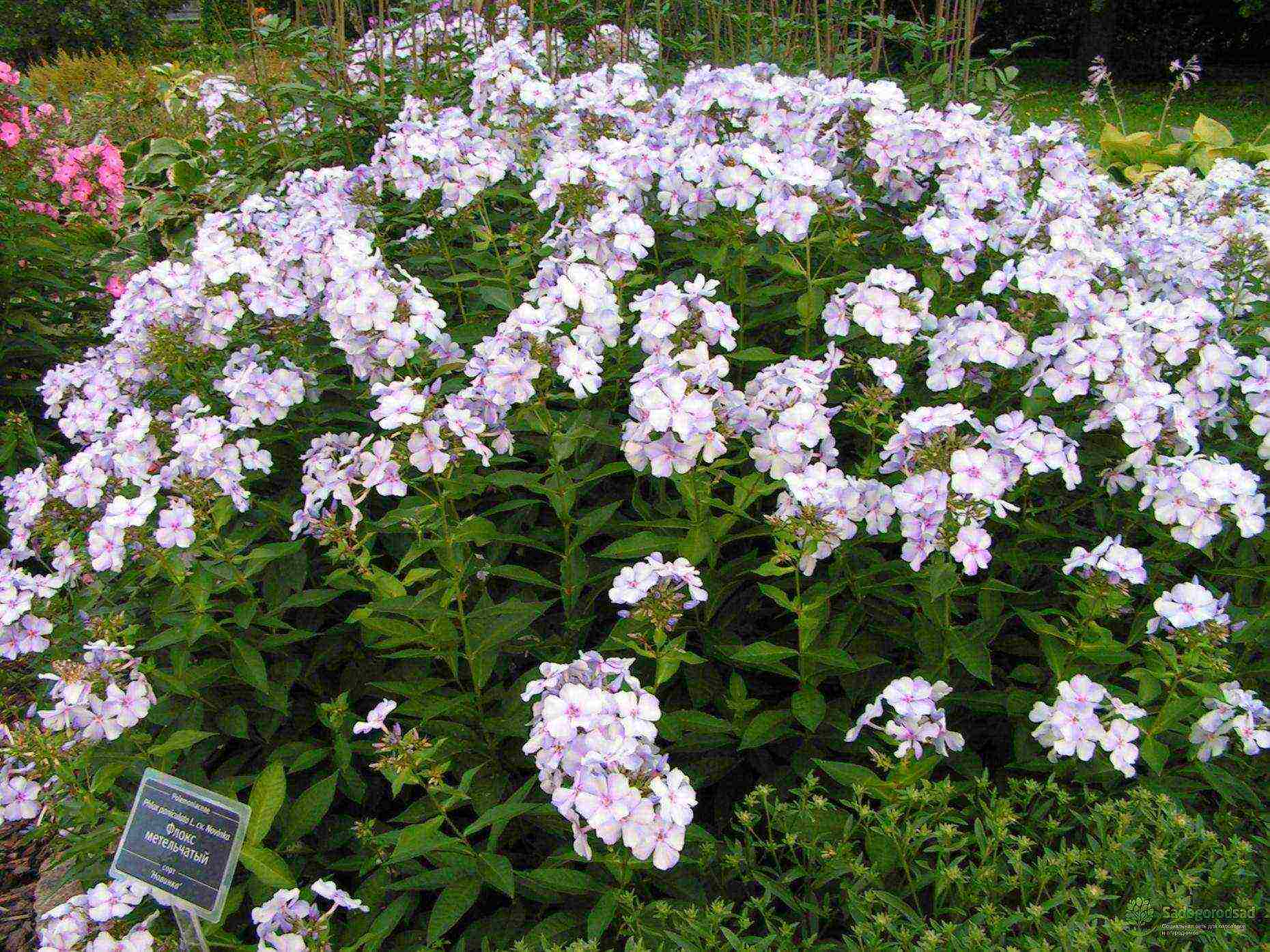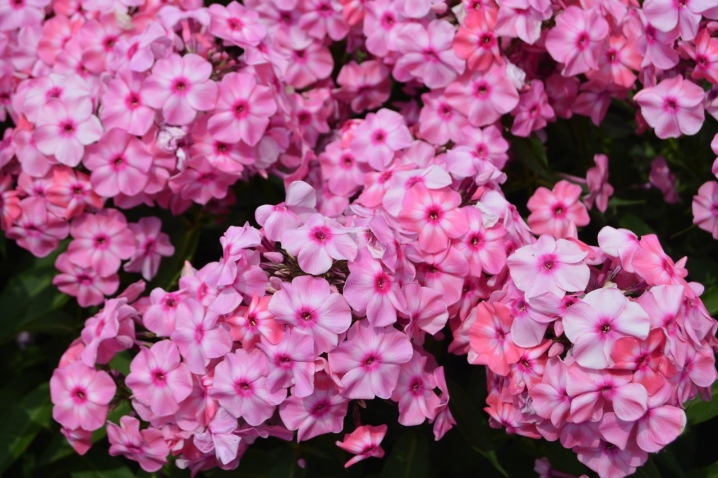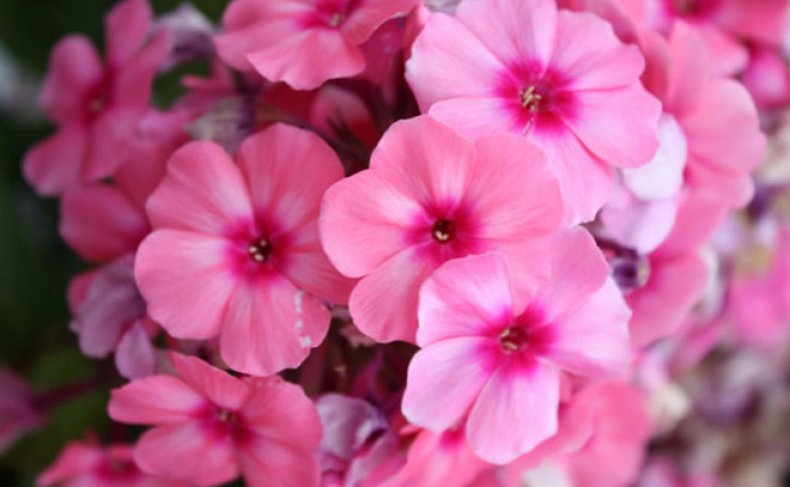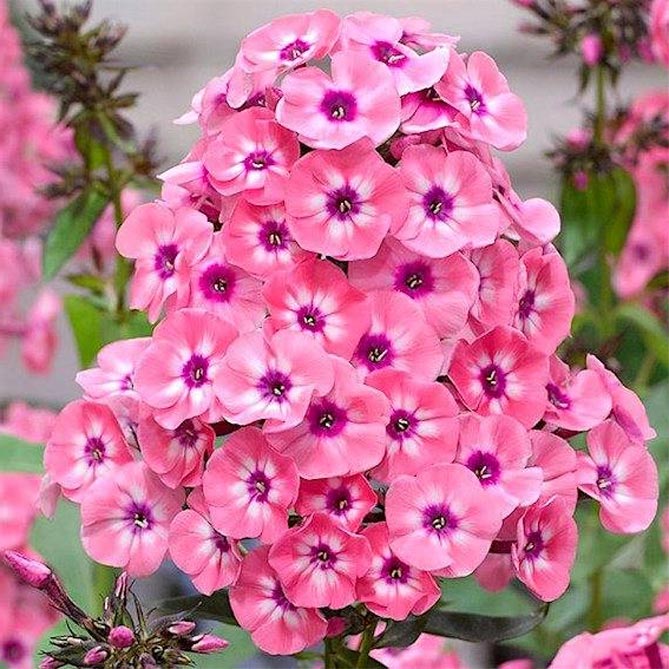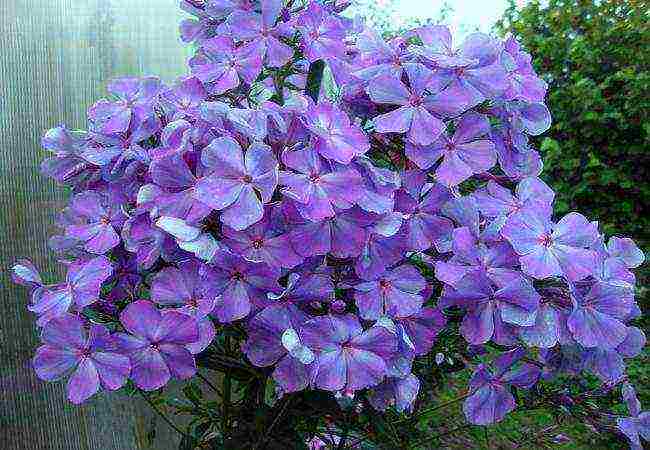Phlox in landscape design
Each type of phlox will find application in the development of landscape design.
Ground cover phlox will decorate the foot of an alpine slide or become its top, decorate retaining walls and decorate flowerpots in the gazebo.
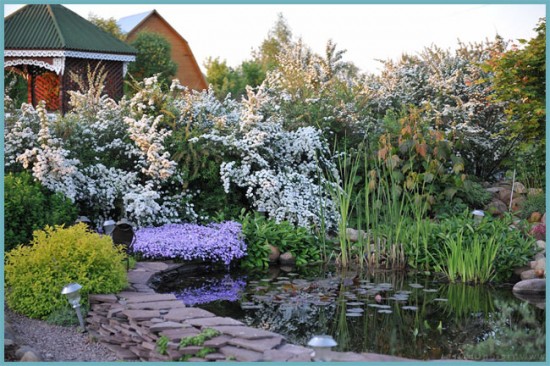 Phlox in landscape design
Phlox in landscape design
Low-growing plants are suitable for the role of a flowering border. With their help, you can carry out zoning of the garden and plant trees near the trunk. Bushes of different heights can be used in mixborders. The bright colors of phloxes make them the highlight of any flower bed, as in the photo.
Mix colors in self-planting phlox, the result is spectacular flower beds, which are simply impossible to pass by. A pleasant aroma of plants spreads throughout the site, especially in the evening.
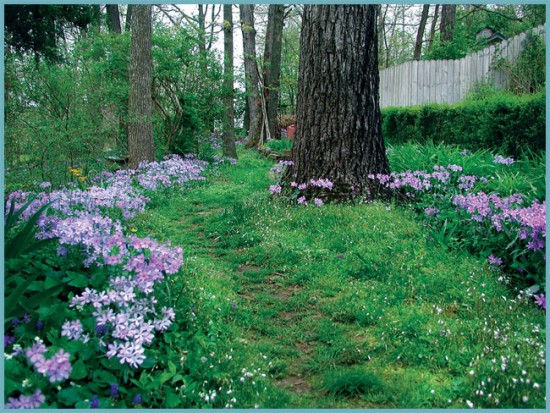 Unpretentious phloxes will decorate your personal plot
Unpretentious phloxes will decorate your personal plot
A striking effect is given by joint planting of phlox with peonies. This tandem is perfect. Phlox also go well with dwarf conifers, irises, geraniums, edelweiss, primrose.
Phloxes have earned popular love for themselves. Ease of cultivation, frost resistance, long-term abundant flowering and a variety of flowers make them favorites with gardeners.
About flowering
The timing and duration of phlox flowering depends on their species and varietal characteristics. Experts distinguish phlox with spring, spring-summer and summer-autumn flowering. Most varieties bloom for 30 to 35 days.
Regular feeding with complex fertilizers containing potassium and phosphorus allows to stimulate the lush and long-lasting flowering of phlox. Thus, very good results during the flowering period can be achieved by the use of Fertika Lux, Kemira Lux, Agricola and other fertilizers for flowering ornamental crops. It is recommended to feed flowering plants with these means once every 8-10 days.
Many growers extend the flowering of phlox by 2-3 weeks by removing wilting flowering arrows. Observations show that after removing the fading shoots from the axillary buds of the bush, new flower stalks with buds begin to form
However, when planning to prolong flowering in this way, it is worth taking into account that in this case, the period for laying renewal buds will also increase.
Growing conditions
Let's get acquainted with the requirements of perennial phloxes for their habitat in the garden.
Seat selection
Perennial phloxes will feel good, grow actively and bloom luxuriantly in a well-lit area of the garden. The site should be protected from winds and drafts, as the flowers are quite thermophilic.
Light-loving varieties (and most of them) are not recommended to be planted on the north side of the site, as this will lead to the loss of decorativeness by the plant, the appearance of small, rare flowers in it, moreover, a pale color.
It is not recommended to plant phlox in lowlands and in other areas with stagnant phenomena in the ground, with a close occurrence of groundwater. The best choice is a slight rise.
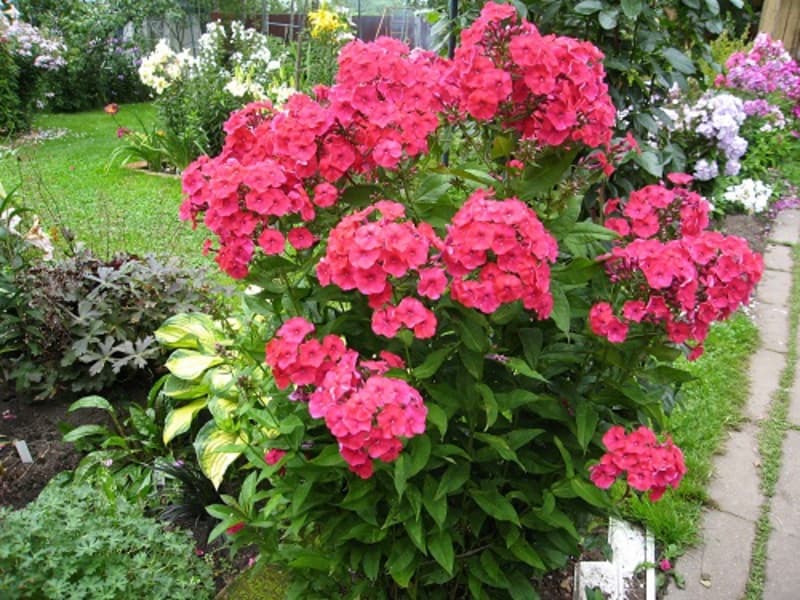
Soil requirements
The soil in the phlox flower bed should be loose and nutritious - these are the two main requirements of the flower for the soil. The best option is loamy soil, which has a slightly acidic or neutral reaction. If the soil is acidic, it must be calcified before planting - otherwise phlox will not grow and bloom normally.
The garden bed is usually prepared a year before phlox takes root in it. Fertilize the soil by introducing organic nutrients into it:
- wood ash;
- compost;
- manure.
If the soil has a dense, clayey structure, you can make it lighter and more loose with the help of river sand and peat.If, on the contrary, the soil is too loose, you can make it denser and more nutritious by adding sod land and compost.
Diseases and pests
If the rules of care are violated, garden phloxes often become victims of rust - a disease of fungal origin. The bush affected by this disease weakens, stunted and becomes covered with characteristic reddish-brown spots. Treatment in this case involves the removal of affected stems and leaves, as well as total treatment of the bush with drugs such as Fundazol, HOM, Bordeaux liquid.

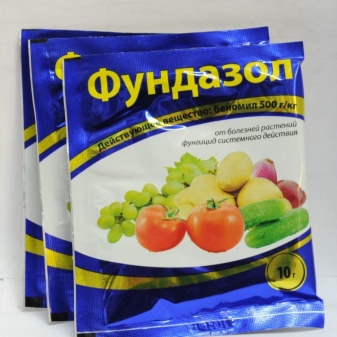
An increase in soil acidity is a common cause of phlox verticillary wilting. With the development of this disease, the plants begin to suddenly wither, weaken, turn yellow and dry. In this case, the problem can be eliminated by replanting the bushes to areas with neutral soil and treating the plants and the place of their growth with the preparation "Glyocladin".
One of the most insidious enemies of one- and perennial phloxes is a nematode, which is a microscopic worm that feeds on cell juices. Plants affected by this pest weaken and stop developing. Their shoots are deformed and become very fragile.
In less advanced cases, regular inspection of the bushes should be carried out with careful manual rejection of the affected parts. Thrips are another type of aggressive phlox pests. Plants infected with these parasites lose their decorative effect and wither. A characteristic sign of phlox damage by thrips is whitish, dirty gray marks on the leaves. The main method of control is the treatment of bushes with insecticides ("Fitoverm", "Confidor").
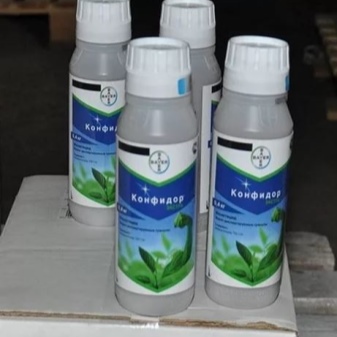
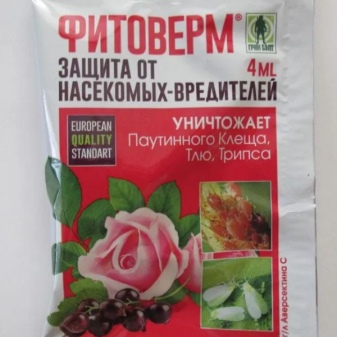
Planting phlox
Phlox has a superficial root system. Only some roots go 20-25 cm deep, and most of them feed on the very surface of the soil. In addition, phloxes do not tolerate stagnant water, in this case, the root system begins to rot, which leads to the death of the flower. Therefore, in the place chosen for phloxes, groundwater should not pass near the soil surface. Lowlands are also not suitable for planting phlox - stagnant water in rainy weather and ice crust in winter will destroy the plant.
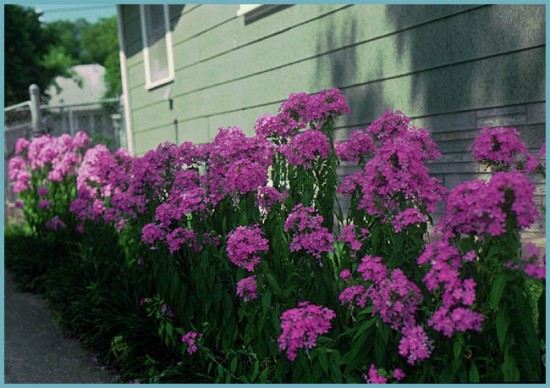 For planting phlox, take a place where water will not stagnate
For planting phlox, take a place where water will not stagnate
For growing crops, tall beds in a sunny place or in partial shade are suitable. In the shade, phloxes will also grow, but the flowering will be short and not lush, and the flowers themselves will have a faded color. Phloxes love loose, moist soil without an overabundance.
Flower planting can be carried out both in early spring (April) and in late summer (August, early September). Wells for phlox are dug out just before planting and filled with organic fertilizers. The roots in the planting pit should be free to position, they should be carefully laid out and sprinkled with earth. A seedling sprinkled with earth should be watered and lightly tamped around the soil around it.
Phlox paniculata (Phlox paniculata)
This is perhaps the most common type of phlox that can be found in almost every flower garden. It blooms all summer until early autumn, amazes with its colors and fills the garden with a pleasant sweet aroma.
Panicled phlox are indispensable for bowlders and curbs. They can be safely planted in the most conspicuous place without worrying that the flowers will fade due to the heat and the scorching sun. On the other hand, they bloom no less luxuriantly with light shading.
It is important to consider that for good growth, paniculate phloxes need good air circulation, so you should not plant them close to buildings. These plants should never be mulched in the summer.
Wherever you place the bushes of this phlox, be sure that bees and butterflies will constantly circle around.
This is a bush type of phlox, which belongs to the tall group.Paniculate phlox grow up to 1.2 m in height, depending on the variety, prefer moderate watering and well-drained soil.
Amethyst
Spectacular phlox of medium height with fragrant bluish-lilac inflorescences.
| Color of petals | Bush height (cm) | Bush width (cm) | Flowering time |
| Bluish purple | 80-90 | 30-60 | July August |
Blue Paradise
Blue Paradise is a paniculate phlox with charming bluish lavender flowers that exude a pleasant light aroma. This cultivar is considered to be tall.
| Color of petals | Bush height (cm) | Bush width (cm) | Flowering time |
|
Bluish lavender |
90-120 | 30-60 | July August |
Bright Eyes
A charming medium-sized phlox with a strong aroma. It is not afraid of fungal diseases and is unlikely to give you troubles in care.
| Color of petals | Bush height (cm) | Bush width (cm) | Flowering time |
| Pale pink | 45-60 | 30-60 | July August |
David
Luxurious snow-white phlox David received a prestigious award from British florists. This stately handsome man grows well both in the sun and in partial shade, practically does not get sick.
| Color of petals | Bush height (cm) | Bush width (cm) | Flowering time |
| Snow white | 90-120 | 30-60 | July August |
Delilah
A short plant with pinkish purple flowers. Phlox varieties Delilah are generally not capricious and resistant to various kinds of diseases, but sometimes they can be prone to spotting.
| Color of petals | Bush height (cm) | Bush width (cm) | Flowering time |
| Magenta | 50-60 | 30-50 | July-September |
Candy Twist
Candy Twist is a paniculata phlox variety with a mischievous striped color that resembles candy. This phlox is very aromatic, does not fade in the sun, and is resistant to diseases.
| Color of petals | Bush height (cm) | Bush width (cm) | Flowering time |
| White and pink stripes | 45-60 | 60-70 | July-September |
Sandro Botticelli
A delightful variety of phlox, bred by Yuri Reprev, is deservedly named after the great Italian painter. Sandro Botticelli admires the delicate lilac-pink color. You might think that he came straight from the artist's canvas.
| Color of petals | Bush height (cm) | Bush width (cm) | Flowering time |
|
Mauve |
70-75 | 60-70 | July August |
Care and disease control
Phlox care during the growing season consists of watering, loosening the soil and top dressing. In dry weather, water should be regularly watered to prevent the soil from drying out. After watering, it is necessary to loosen the soil around the bush.
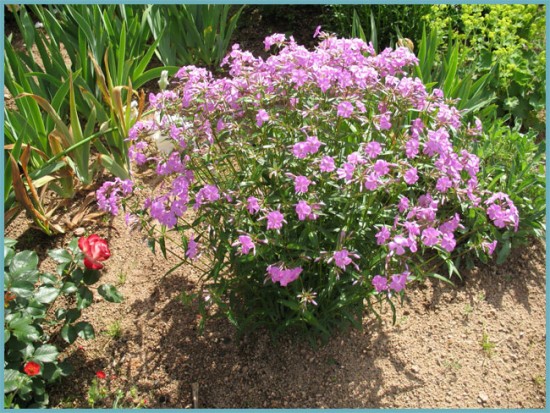 Make sure that the soil under the bushes does not dry out
Make sure that the soil under the bushes does not dry out
To obtain beautiful healthy bushes, regular feeding is necessary. From early spring to autumn, top dressing will help to grow powerful, evenly leafy plants with dense flower caps. The fertilization scheme is as follows:
- early spring: 30 g each of ammonium nitrate, superphosphate and ash;
- late spring: feeding with liquid mullein;
- bud formation: saltpeter, superphosphate, ash;
- after the color of the first peduncles: superphosphate;
- autumn: saltpeter, ash.
All fertilizers are applied at the root, after which the bush is watered abundantly.
Advice. In summer, the faded caps need to be cut off. This will allow lateral peduncles to develop and extend the flowering period. Before dormancy, the trunks of the phlox are cut off at the soil surface.
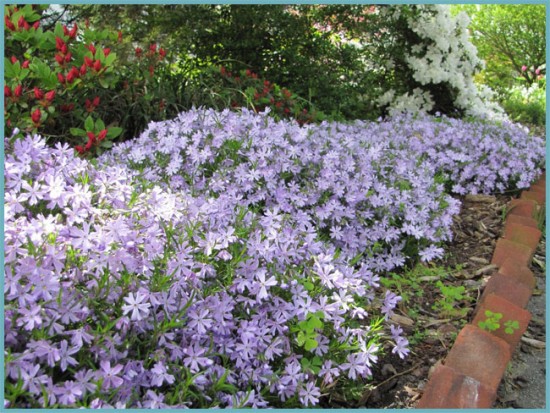 To prevent the plants from getting sick, disinfect the soil before planting them.
To prevent the plants from getting sick, disinfect the soil before planting them.
Phloxes are susceptible to a number of viral and fungal diseases: wrinkling, rattling, threadlike leaves, necrotic spotting. For the prevention of diseases, before planting phlox, the soil must be treated with a 0.2% metaphos solution and the seedlings must be carefully selected. If the disease still manifests itself, the plant is treated with chemicals.
Providing proper care for phlox, the flowering period can be extended until autumn, and the inflorescences will be dense, thick as in the photo.
Types of perennial phlox
A fairly large group of plants of this genus is widespread in horticulture. We present to you the most common species of these plants in our country.
Phlox subulate.
Photophilous and very early blooming species, which is famous for its lush and abundant flowering. The subulate phlox inflorescences can have a wide variety of shades. The bush is not tall, but at the same time densely branched and lush. The plant got its name due to the narrow subulate leaves. During active flowering, foliage is practically not visible on the shrub due to the densely planted caps of the inflorescences. This type of phlox looks great in flower pots, as a rabatok, borders.
Phlox paniculata.
This species blooms in the middle of summer, forming huge fragrant inflorescences of various colors. Breeders use it to develop new hybrid varieties - for example, Pure Feelings terry phlox, Natural Feelings with small flowers resembling a lilac branch, Orange phlox, which belongs to frost-resistant and unpretentious varieties. Its inflorescences are colored in an unusual orange color.
The phlox is spread out.
This species is represented by compact bushes (up to 40 cm) with woody stems. This variety begins to bloom in mid-spring with lilac or blue inflorescences.
Phlox Arends.
A tall hybrid species that blooms for a long time. But gardeners are especially attracted by its ability to re-bloom after pruning. The disadvantage of this plant can be considered rather weak stems that need support.
Spotted phlox.
This species is famous for its unusual variegated color of flowers with numerous strokes and specks. The plant develops well in partial shade. The most popular varieties in our country include Alpha, Rosalind, Natasha, Omega and Delta.
You can see how these beautiful inhabitants of the garden look in the photos used as illustrations for the article.


